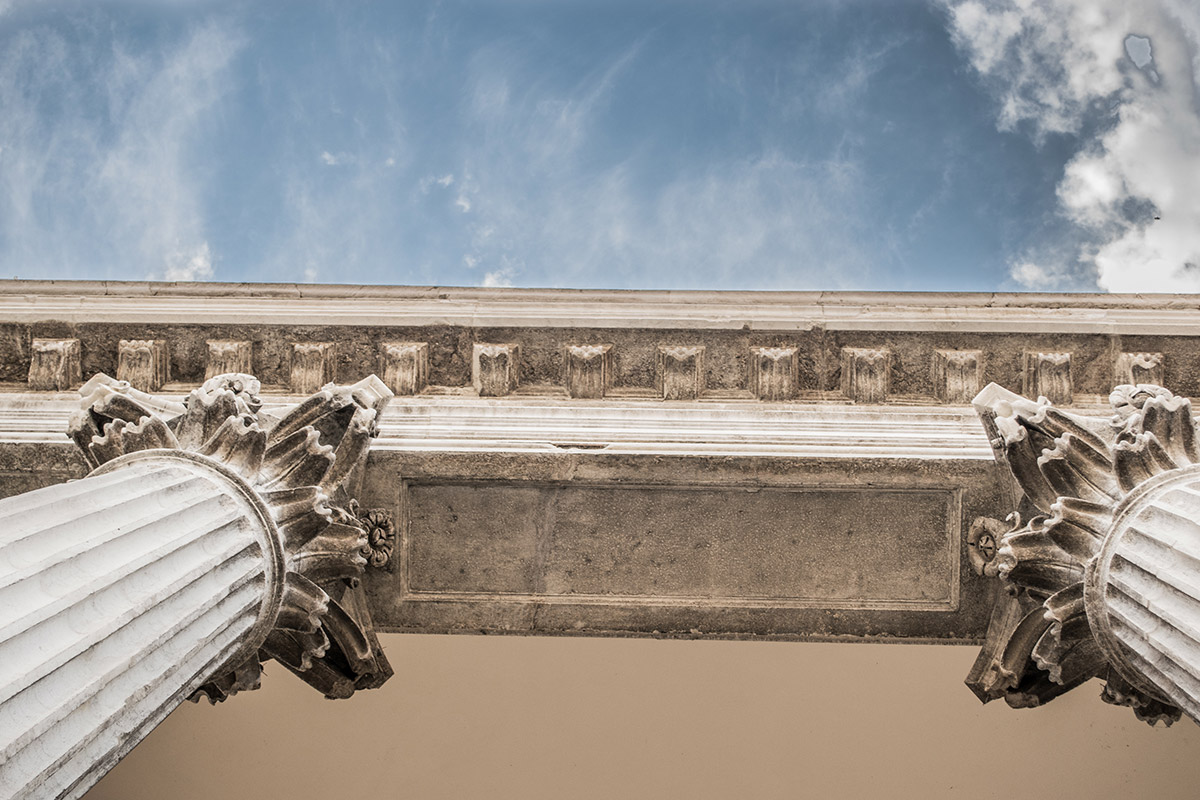Folklife Friday is a weekly digest of arts and culture articles, podcasts, and videos from across the web. Read on for a selection of the week’s best cultural heritage pieces, and don’t forget to check back next Friday for a new set of weekly picks.
Palmyra’s Ruins Can Rebuild Our Relationship with History
“Palmyra must not be turned into a fake replica of its former glory,” Jonathan Jones, an art critic at The Guardian, cautioned last year. Here, Erich Hatala Matthes, assistant professor of philosophy at Wellesley College, stresses that restoration is paramount, but only when pursued to better understand moral debts and political lessons. “The aim of historic restoration is not to recover material authenticity,” Matthes writes, “but to restore our relationship with the past.”
Behold the Human Towers of Catalonia
For Michael Entecott, Catalonia’s elaborate human towers, some towering fifty feet high, are as much a contest as they are a community-building ritual. In this video, Entecott, a member of the Castellers de Vilafranca, speaks to the concentration, collective responsibility, and celebration involved in the bi-annual gathering. “You can’t explain it. It’s impossible to explain,” Entecott says when asked why he participates. “You have to feel it. If you feel it, you understand it.”
Hurray for the Riff Raff’s Alynda Segarra Finds Herself in a Concept Album
In The Navigator, a new sci-fi concept album from Alynda Segarra, the singer adopts a theatrical persona—much like Ziggy Stardust—and, for the first time, fully embraces her Puerto Rican roots. In this interview, Segarra reflects on her troubled teenage years of misunderstood cultural identity and her early interest in Dean Martin and Frank Sinatra over her father’s Afro-Cuban music. “I learned I could create a character, the Navigator, who would stand at the intersection of all these identities and weave in and out,” Segarra explains. “And I related to being the alien. I began to take that as a badge of honor.”
An Insider’s View of Alaskan Inuit
A new exhibition at the Anchorage Museum is pairing photos with personal narratives to tell a nuanced story of the state’s Inupiat and Yupiit residents—a mission for which the Arctic Studies Center, an Anchorage Museum partner, has long advocated. “There are so many articles about climate change and environmental issues and social issues here in Alaska,” said photographer Brian Adams, who was asked to model the project after Humans of New York. “This was an opportunity for people to speak directly for themselves.”
The Peculiar Power of a Zadie Smith Sentence
“To what extent do any of us, as artists, as people, have an obligation to focus our attention on events beyond our own individual experience?” It’s a question Jonathan Lee explores in his new novel, High Dive. In this interview, Lee takes the argument a step further, analyzing the role of literature in a divisive world. “Words are one of the means we have to leave our private circle and discover something else: other people’s experiences, struggles, private and political histories,” Lee writes. “Words are, among other things, a form of transport.”
Special thanks to editor Elisa Hough and to Michael Mason for their contributions to this week’s digest.
Photo by Inma Ibáñez


